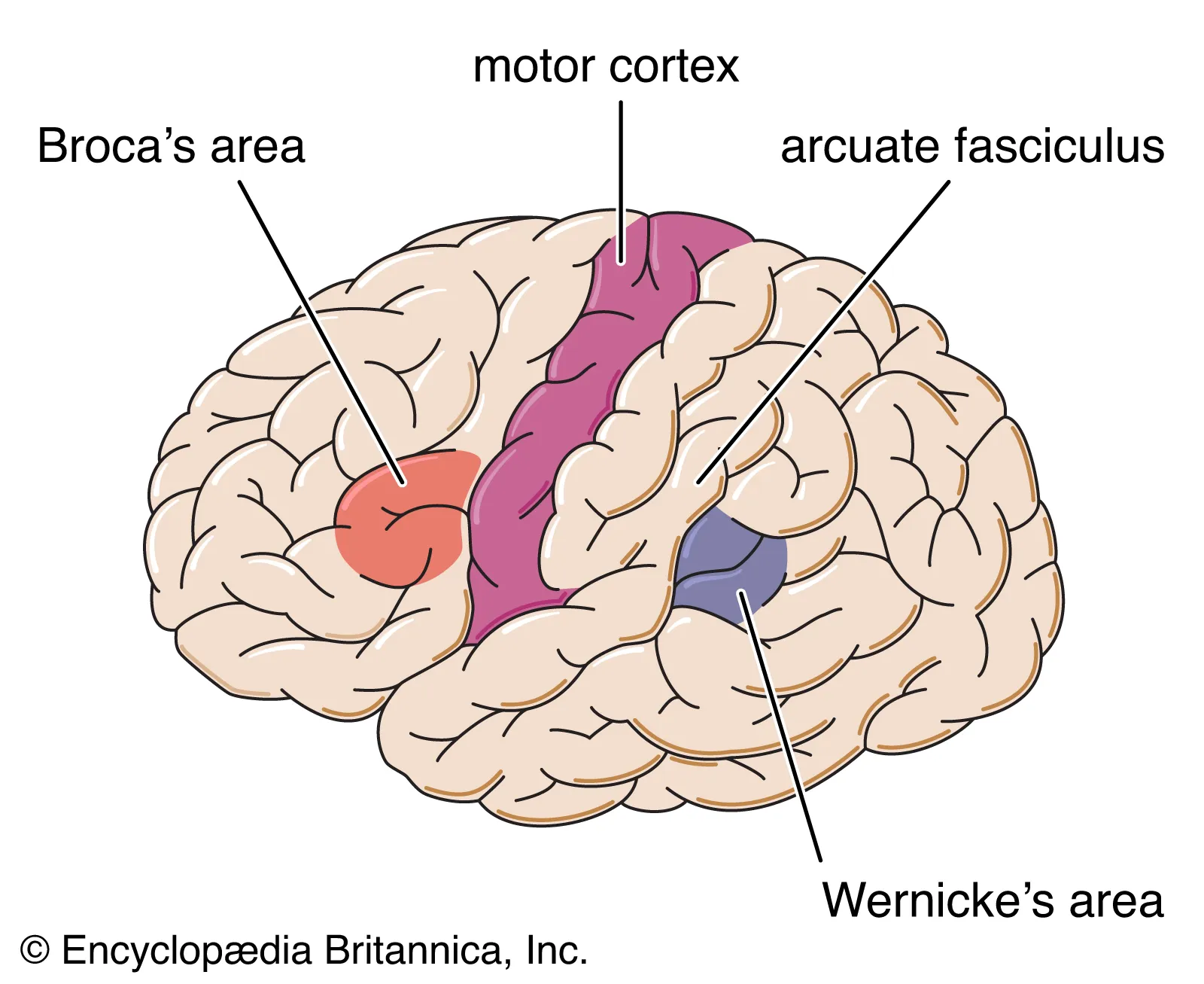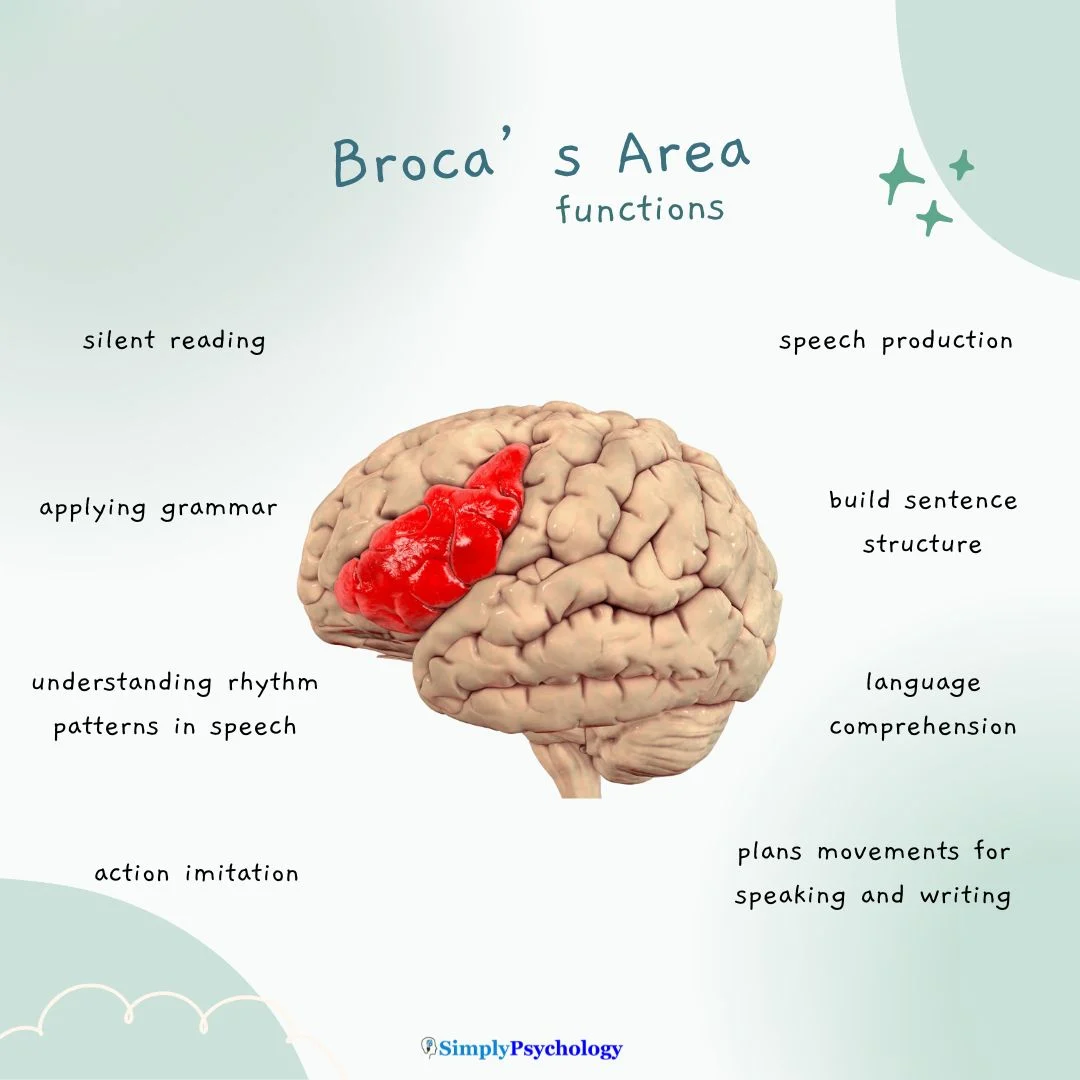Psychology - Midterm 2
1/33
There's no tags or description
Looks like no tags are added yet.
Name | Mastery | Learn | Test | Matching | Spaced |
|---|
No study sessions yet.
34 Terms
Emotion
A temporary state that includes unique subjective experiences and physiological activity, and that prepares people for action
Feelings vary on…
Valence - How positive the emotion is
Arousal - How exciting the emotion is
Appraisal
Conscious or unconscious evaluations and interpretations of the emotion-relevant aspects of a stimulus or event
Action tendencies
A readiness to engage in a specific set of emotion-relevant behaviors
James-Lange theory of emotion
Feelings are simply the perception of one’s own physiological responses to a stimulus
According to this theory, our feelings are the consequence, and not the cause, of our body’s reactions to events in the world
It cannot be right
Some of our emotional experiences happen before our bodily responses do
All sorts of things can cause bodily responses without also causing emotions.
For the James-Lange theory to work, every human emotion would have to be associated with a unique set of bodily responses
Two-factor theory of emotion
Stimuli trigger a general state of physiological arousal, which is then interpreted as a specific emotion
Universality hypothesis
Suggests that all emotional expressions mean the same thing to all people in all places at all times
Facial expressions of at least five emotions — anger, disgust, fear, happiness, and sadness — are universal
Expressions of a few other emotions — such as embarrassment, surprise, amusement, guilt, shame, and pride — may be universal as well
Human beings show some agreement about the meaning of many emotional expressions, but that agreement is short of being universal
Facial feedback hypothesis
Suggests that emotional expressions can cause the emotional experiences they typically signify
Emotions can cause expressions but expressions can also cause emotions
Display rule
A norm for the appropriate expression of emotion
Techniques to obey display rules
Intensification involves exaggerating the expression of emotion, as people do when pretending to be delighted by an unwanted gift.
Deintensification involves muting the expression of one’s emotion, as athletes do when they lose their events but try not to look too disappointed
Masking involves expressing one emotion while feeling another, as judges do when they try to seem interested in, rather than contemptuous of, a lawyer’s argument.
Neutralizing involves showing no expression of the emotion one is feeling, as card players do when they try to maintain a “poker face” despite having been dealt a winning hand.
Motivation
The internal causes of purposeful behavior
Drive-reduction theory
Suggests that the primary motivation of all organisms is to reduce their drives.
According to this theory, animals are not actually motivated to eat and don’t actually find food rewarding.
Rather, they are motivated to reduce their drive for food, and it is the reduction of this drive that they find rewarding.
A reinforcement is simply any “substance or commodity in the environment which satisfies a need, i.e., which reduces a drive”
Hedonic principle
People are primarily motivated to experience pleasure and avoid pain
Emotion regulation
The strategies people use to influence their own emotional experience
Suppression - Inhibiting the outward signs of an emotion
Affect labeling - Involves putting one’s feelings into words
Reappraisal - The process of changing one’s emotional experience by changing the way one thinks about the emotion-eliciting stimulus
Best way
Language
A system for communicating with others using signals that are combined according to rules of grammar and that convey meaning.
Language allows individuals to exchange information about the world, coordinate group action, and form strong social bonds.
Grammar
A set of rules that specify how the units of language can be combined to produce meaningful messages.
Phonemes
The smallest units of speech that distinguish one word from one another
Phonological rules
Indicate how phonemes can be combined to form words
Morphemes
The smallest meaningful units of language, created by phonemes
Morphological rules
Indicate how morphemes can be combined to form words
Syntactic rules
Indicate how words can be combined to form phrases and sentences.
4 stages of language acquisition
1. Babbling (4-6 months) - Production and detection of rudimentary speech sounds
Parsing problem - Turning long speech sound into meaningful units
2. One word (10-12 months)
Production and detection of words
Social referencing
Shared attention
Gestures
Novelty mapping
Category assumption
Linguistic context
3. Two word (18-24 months)
Use syntax and telegraphic speech
4. Sentences (2+ years)
Theories of language development
Behaviorist - We learn to talk in the same way we learn any other skill: through reinforcement, shaping, extinction, and the other basic principles of operant conditioning
Nativist - Holds that language development is best explained as an innate, biological capacity
According to Noah Chomsky, the human brain is equipped with a universal grammar, a collection of processes that facilitate language learning.
Interactionist - Holds that although infants are born with an innate ability to acquire language, social interactions play a crucial role in language.

Language production has been linked with which 2 areas of the brain?
Broca’s area
Wernicke’s area
(also associated with aphasia, difficulty in producing or comprehending language)
How are Broca’s area and Wernicke’s area connected?
Connected to one another by a pathway known as the arcuate fasciculus; they are also interconnected with many other brain regions, as language is a complex process that cannot be simply localized to these two parts of the brain

Broca’s area
Located in the left frontal cortex and is involved in the production of the sequential patterns in vocal and sign languages
Individuals with damage that includes this area exhibit Broca’s aphasia: they understand language relatively well, but they have increasing comprehension difficulty as grammatical structures get more complex.
Their real struggle, though, is with speech production.
Typically, they speak in short, staccato phrases that consist mostly of content morphemes (e.g., cat, dog).
Function morphemes (e.g., and, but) are usually missing, and grammatical structure is impaired.
Wernicke’s area
Located in the left temporal cortex, is involved in language comprehension (whether spoken or signed)
Individuals with Wernicke’s aphasia differ from those with Broca’s aphasia in two ways: They can produce grammatical speech, but it tends to be meaningless, and they have considerable difficulty comprehending language.
Right